
Scriptly Helps Pharmacies Identify Trends in Real Time with Reveal
Reveal business intelligence blog gives you the latest embedded analytics trends, how-tos, best practices, and product news.
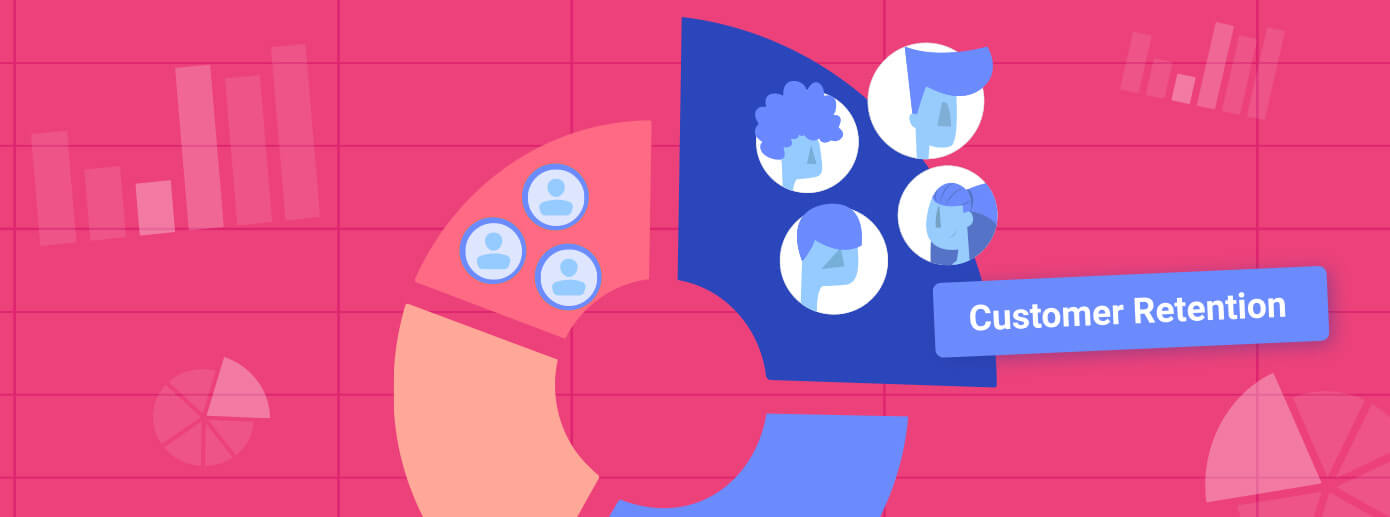
Churn happens when users lose sight of value. Customer retention with embedded analytics means showing outcomes where they matter—inside your product. This guide breaks down how SaaS teams use real-time dashboards, role-based insights, and self-service tools to keep users engaged and reduce churn. See how platforms like Reveal make retention scalable, measurable, and built into the experience.
Continue reading...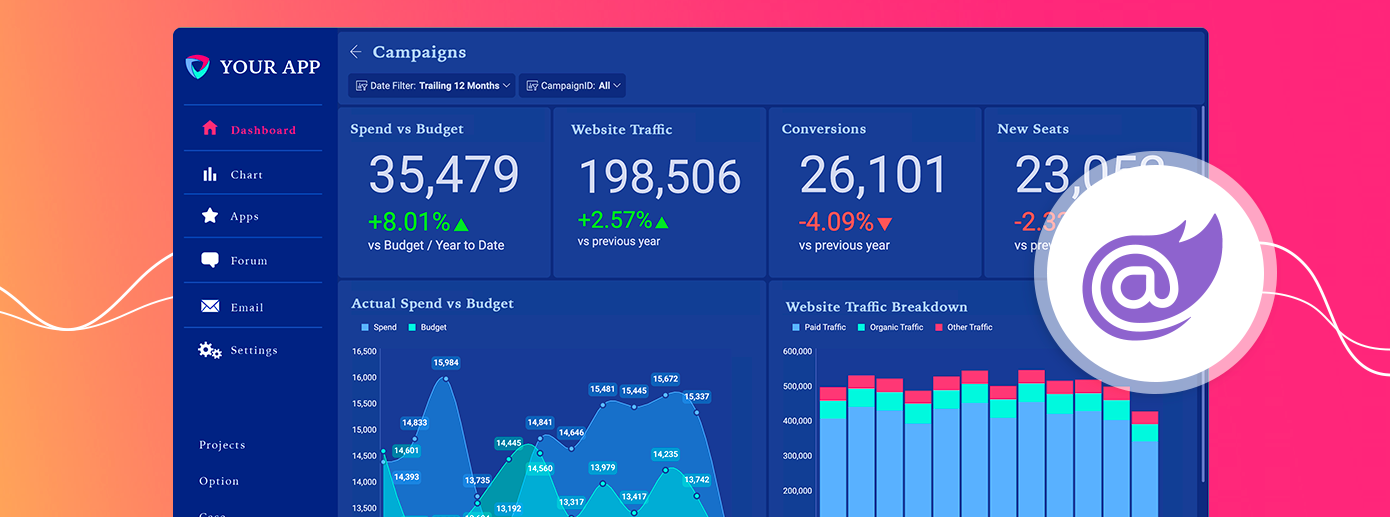
As more organizations begin offering analytical capabilities as part of their apps, embedding analytics into your Blazor applications is no longer optional.
Continue reading...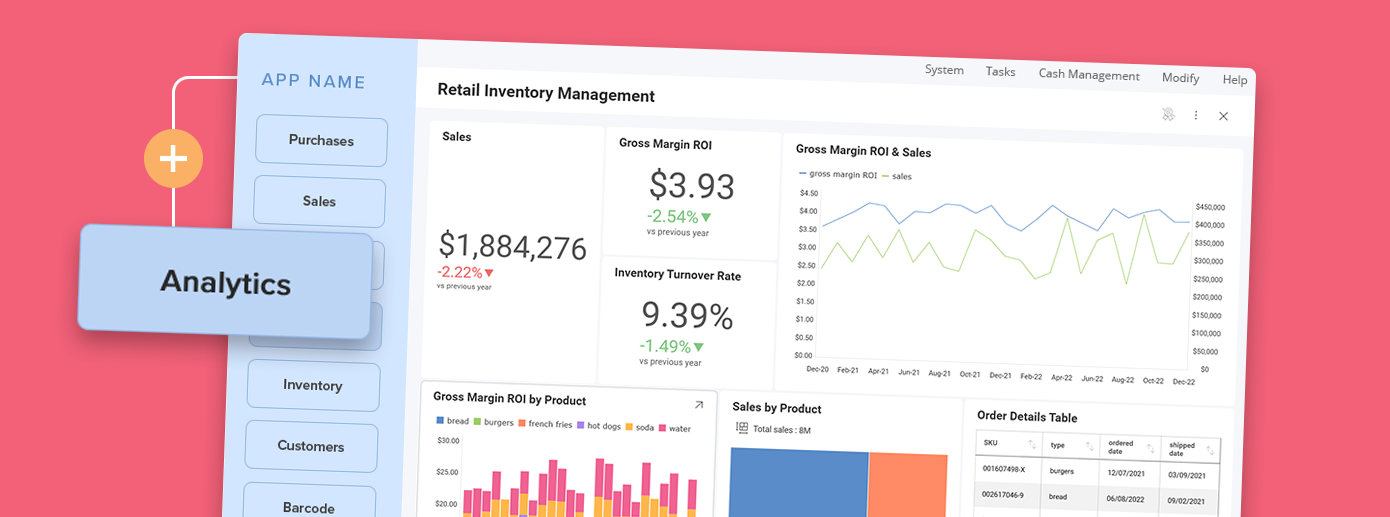
New app experiences and exciting new features give new opportunities to offer differentiating value to drive new revenue. When you improve user experience, increase customer satisfaction, escalate application usage, and provide your customers with the ability to make better, faster decisions based on data – you will also create additional revenue streams.
Continue reading...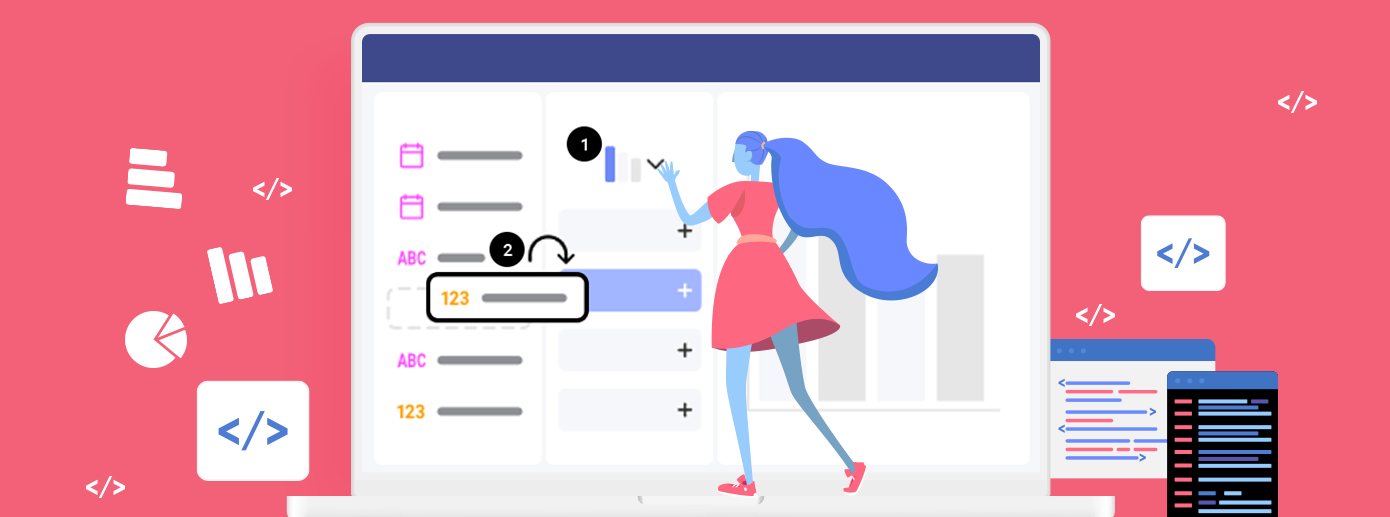
Low-code/no-code development platforms are great at reducing the time needed for an application to be fully functioning and completed. Users with no coding experience can create BI applications with powerful data visualization and reporting capabilities, and developers can create apps from start to finish in a matter of minutes rather than weeks or months of traditional hand coding.
Continue reading...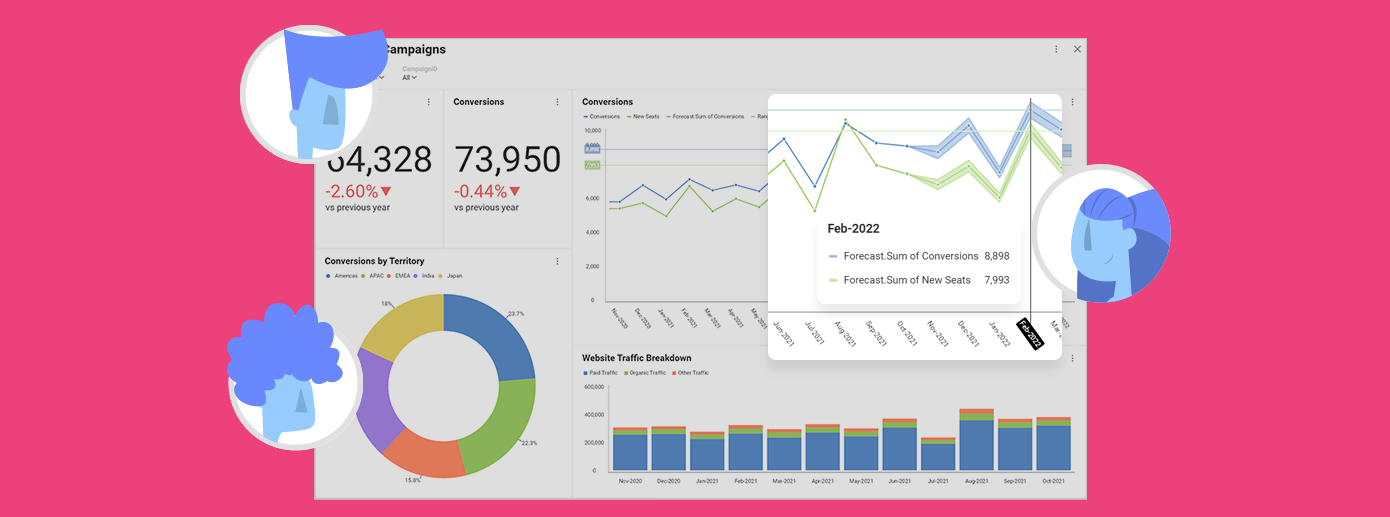
Guided analytics allows a company to set up, with the help of a developer, business applications featuring dashboards and charts that are updated based on user explorations and feedback. The end-user has no ability to create their own data visualizations, bring in one of their own data sources, or build dashboards and reports. Guided analytics BI operations are entirely owned by the IT team or dedicated business intelligence experts.
Continue reading...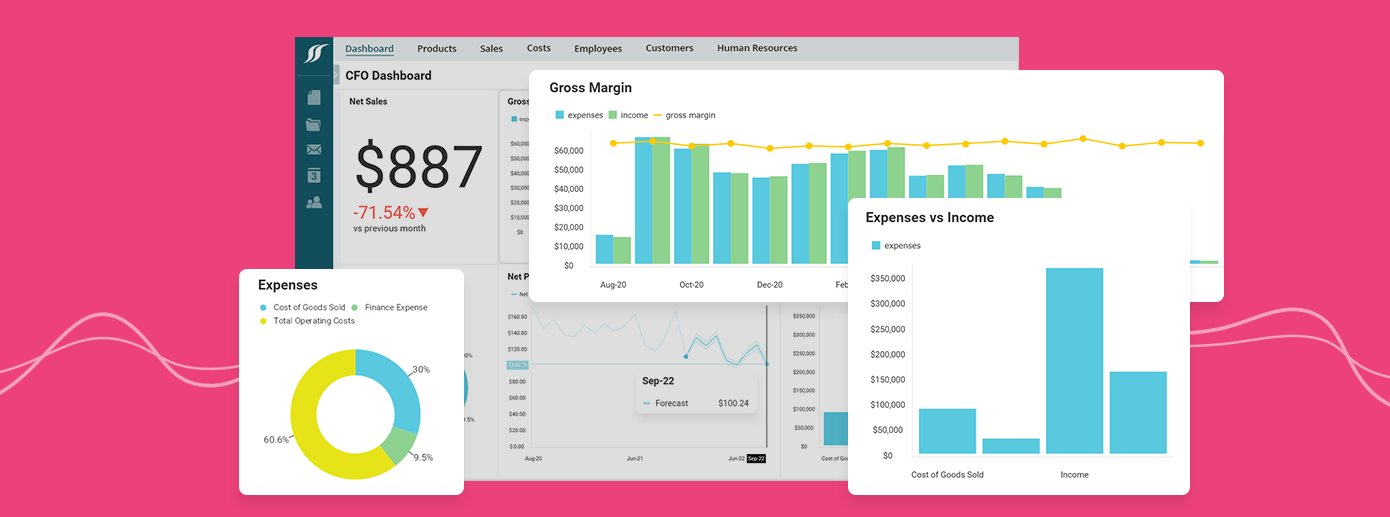
Analytical apps are designed as standalone applications or embedded analytics to simplify access and understanding of data for all users regardless of their expertise. They provide a logical and contextual view of the data that business employees work with.
Continue reading...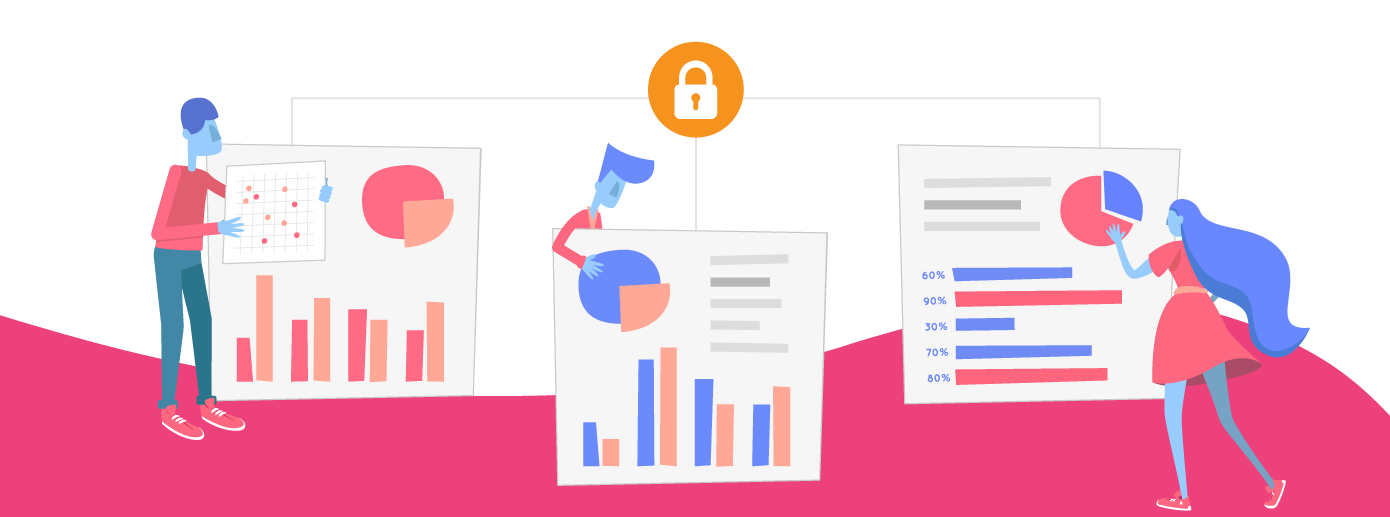
The multi-tenancy services reduce the complexity and customizations that are often required when embedding BI into your OEM software, ERP application, or other SaaS applications. Its capabilities allow you to easily maintain data isolation while supporting multiple tasks within the same account or organization at the same time.
Continue reading...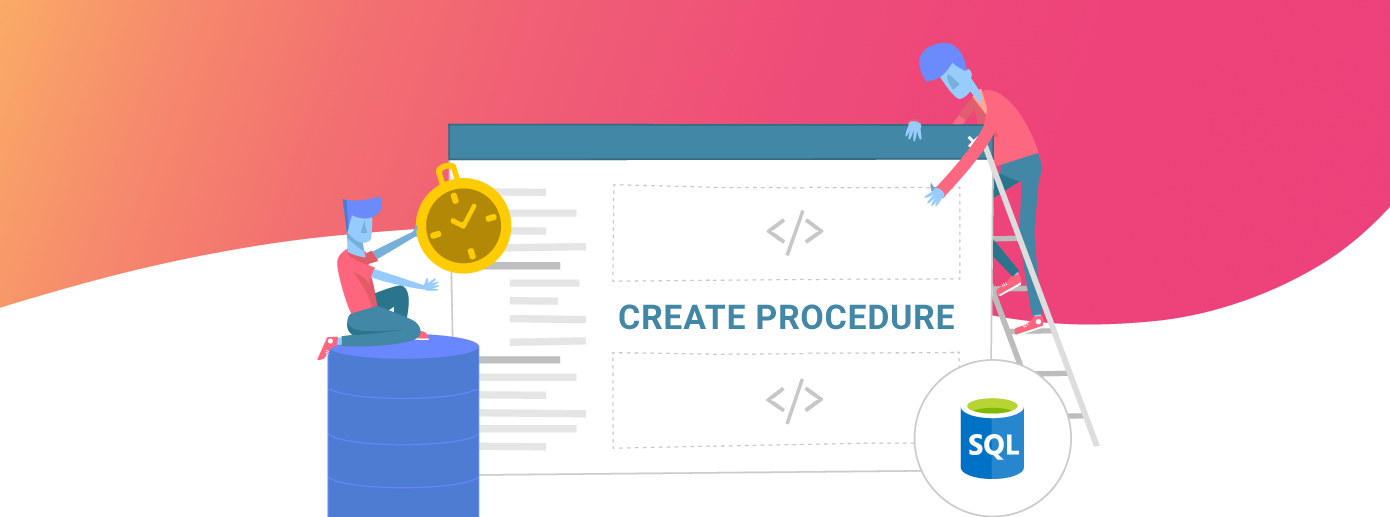
Stored procedures are one of the most used and most popular database subjects and as such, they offer a handful of benefits. Using stored procedures can simplify and accelerate the execution of SQL queries, and more.
Continue reading...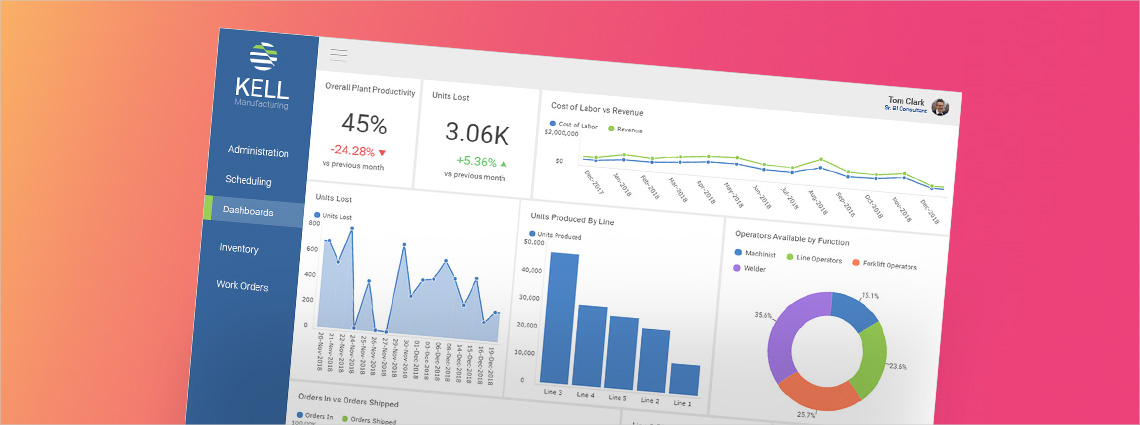
It’s important that analytics and visualizations are embedded within the ERP software itselfitself, so users don’t have to export the data to a separate application. And if the analytics are easy for business users to use with self-service capabilities, then more people throughout a company can do deeper dives into a range of pertinent business data.
Continue reading...Back to Top